The Future of Dendritic Cell Vaccines in HER2+ Breast Cancer: Toward De-Escalation of Chemotherapy
By Hatem Soliman, MD - Last Updated: April 29, 2025In the rapidly evolving landscape of breast cancer treatment, Dr. Hatem Soliman, a medical oncologist in the Breast Oncology Program at Moffitt Cancer Center, is researching a novel approach to early-stage HER2-positive breast cancer in collaboration with the chair of Moffitt breast oncology, Dr. Brian Czerniecki—one that could transform the standard of care by reducing reliance on toxic chemotherapy and enhancing long-term outcomes through immune-based therapy.
In this interview, Dr. Soliman discusses how dendritic cell vaccines could transform early-stage HER2-positive breast cancer treatment by enhancing immune responses, reducing reliance on toxic chemotherapy, and improving long-term outcomes. He shares insights into the feasibility of vaccine production and the goals of the ongoing NATASHA trial, led by Moffitt breast cancer oncologist Dr. Heather Han, which aims to confirm the benefits of a less toxic, more personalized therapeutic approach.
Transcript
How do you see dendritic cell immunotherapy fitting into HER2-positive breast cancer treatment, especially in the neoadjuvant setting?
Dr. Soliman: We think that the future of using these types of cellular therapies for women with early-stage breast cancer is that we envision a time whereby we can provide every patient with a vaccine that is highly active to allow their immune system to re-engage the breast tumor that they’re diagnosed with and allow their immune system to cooperate with other treatments. And these can be biologic therapies like monoclonal antibodies that we use routinely in the treatment of patients with breast cancer like trastuzumab or pertuzumab.
But there may be other biologics as well such as pembrolizumab, the checkpoint inhibitor drug, that could also enhance or augment the immune activation effect seen with the vaccine. But what we would envision is being able to use a biologic therapy that can potentially de-escalate the amount of toxic chemotherapy that’s used in a patient so that we can help their immune system eradicate their breast cancer, while using minimal to no amounts of toxic drugs or chemotherapy. But still have high rates of cure and success as far as eradication of these breast tumors from their body and also from the circulating cells that escape from the breast and may cause distant metastases down the road.
Because that is the main point of this treatment—to try to cure them of their breast cancer and not have it come back. So we hope that in the near future, we can offer this as a routine part of their treatment whereby we quickly can produce a vaccine tailor-made for their breast cancer, weave it in with these other drugs in such a way that we can provide them with highly effective, curative, and relatively non-toxic therapy that can provide them with a great quality of life as a breast survivor. And provide hope and optimism to our patients that they do not have to experience a variety of different toxic side effects in order to get beyond their breast cancer and can move past it.
So that’s an overall vision, if you will, for how we want to integrate these dendritic cell vaccines and the treatment of early stage HER2-positive breast cancer.
What are the logistics of preparing HER2-primed dendritic cells? Does the process require special training or equipment, and is it feasible for most clinics to implement?
Dr. Soliman: That’s a good question. So generally speaking, these types of cellular therapies, they do require a little bit more of an infrastructure or support because what you have to do is run the patients through a pheresis, which is what nowadays constitutes a lot of the initial steps of manufacturing a cellular therapy for cancer patients. So they have to be able to go to a center that has a pheresis unit to be able to harvest their dendritic cells in order to produce the vaccine.
And this isn’t totally kind of a foreign, alien concept in the sense that it has been done before for transplant patients. It’s been done even when the initial vaccine for prostate cancer patients, Nuvenge, came out is that, they needed to have this pheresis performed to collect the desired cells. So what you could envision if this is gonna be deployed in a larger setting of community practices or centers, is that the patient likely would have to go to a center nearby that has this pheresis capability. And that product could be shipped to a central manufacturing facility that can make the vaccine and freeze them down and then ship them back to the location where the patient’s going to get the injection.
So that way you could potentially administer the vaccine intratumorally at any office that can do it via typically ultrasound. But you don’t need to centrally have that done. You can have the vaccine shipped out to these different locations and have the vaccines done closer to where the patient lives. But that’s how you could potentially deploy this at a larger scale once the data suggests that this could be efficacious for a large number of patients.
Based on the results of this pilot study, what are the next steps for research in this area, and are there plans for larger-scale trials to further assess efficacy and safety?
Dr. Soliman: Absolutely. We’ve taken this data in our experience at our center in producing these vaccines for a large number of women now to kind of really nail down the process to make it something that we could expand and scale to do a larger follow-on study.
We’re currently in the process of recruiting patients to a larger follow-on study called NATASHA. So that’s the name of the trial that is looking to try to confirm these results. And some of the distinctions between this follow-on study, NATASHA, and the trial that we’re talking about is NATASHA’s actually trying to use these preoperative dendritic cell vaccines given prior to chemotherapy. But it’s scaled down the amount of chemotherapy that’s part of the treatment. So we’ve eliminated one of the chemotherapy drugs from the cocktail that I mentioned earlier so that we can try to reduce the overall toxicity burden of the preoperative therapy. And we’re already seeing some very interesting results with that trial as far as the ability of the treatment to be able to cause tumors to regress using MRI imaging of these breast tumors even before the patients get their first dose of chemo.
In many cases, we’re seeing these tumors shrink just by getting the intratumoral dendritic cell vaccines alone. And so there’s real evidence that these vaccines are active and they may be softening up the tumors to take a harder fall when they get exposed to the less toxic chemotherapy regimen that’s being used in the NATASHA trial.
So we look forward to the completion of that study and publication of those results to be able to prove our hypothesis that we can provide a less toxic treatment for patients while still having high rates of response and cure for women that undergo this type of therapy. We look forward to reporting on those results in the years to come.

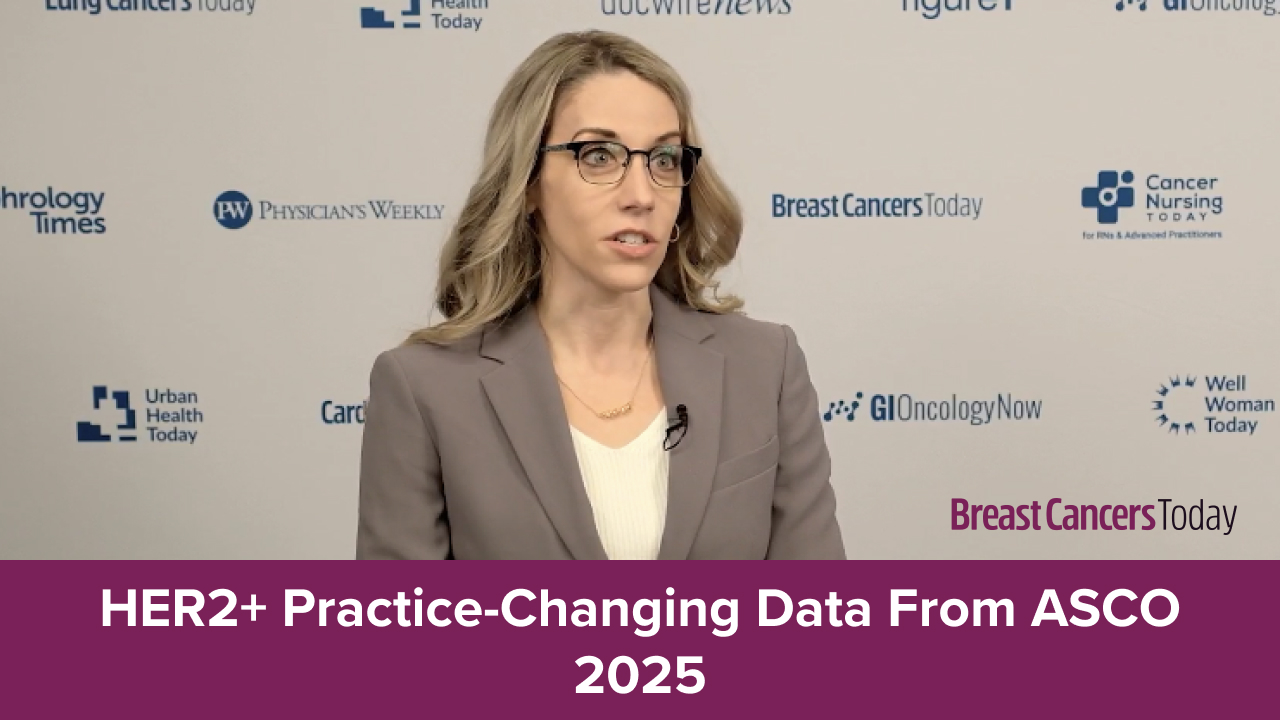
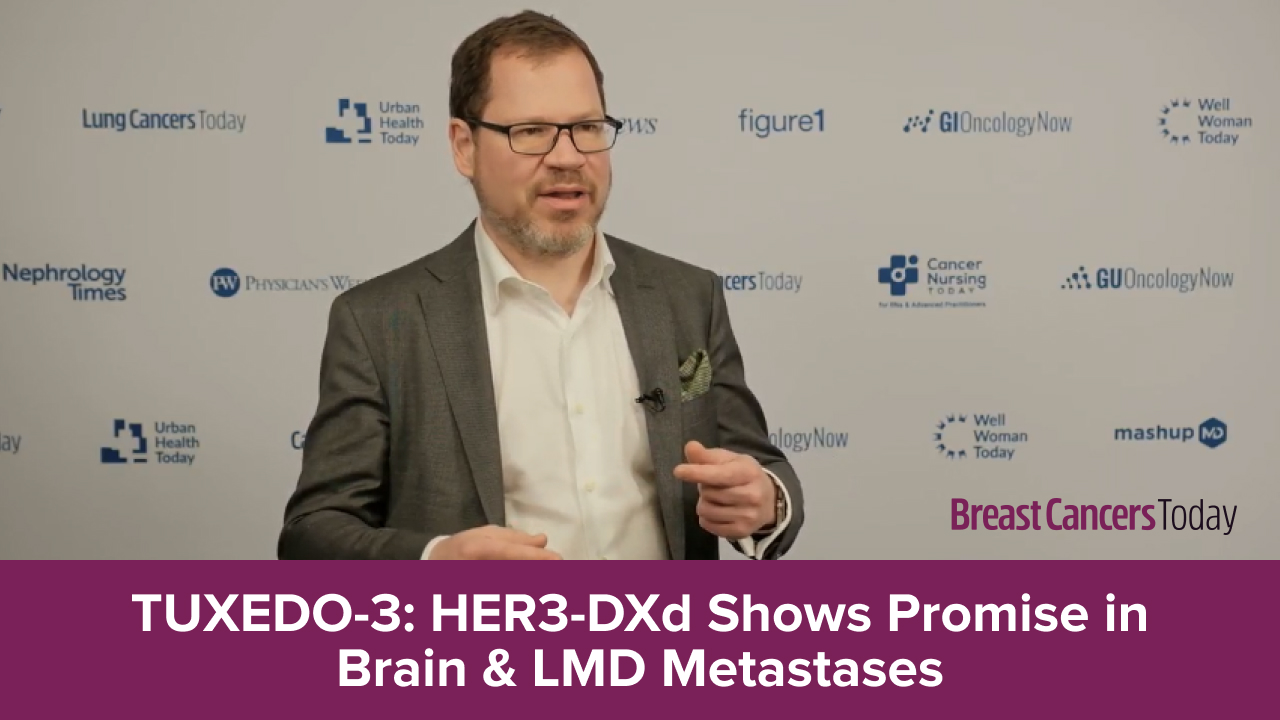
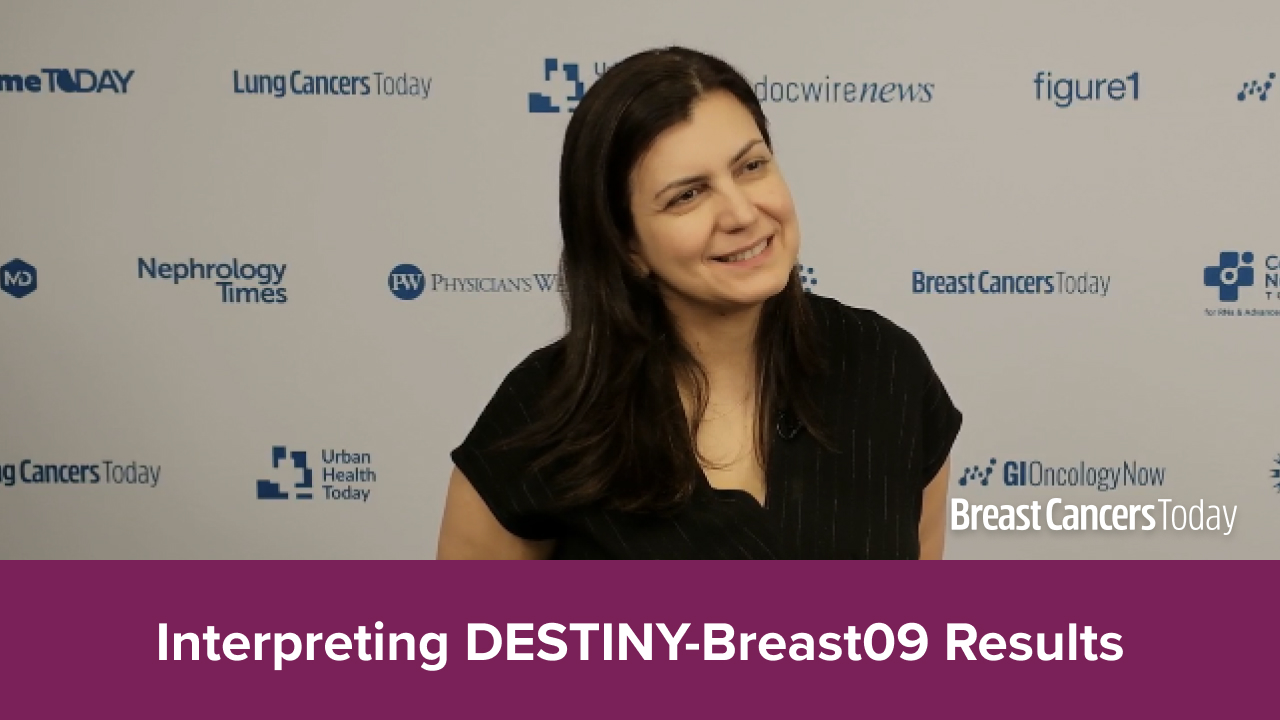
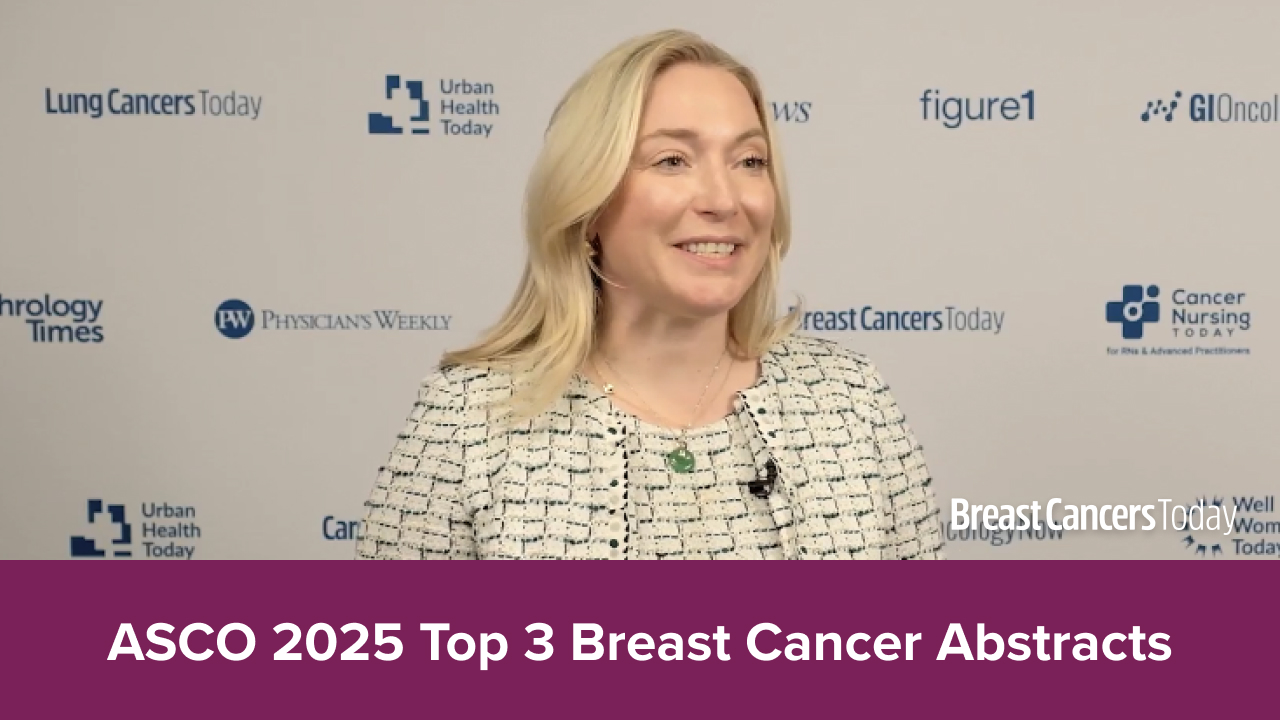
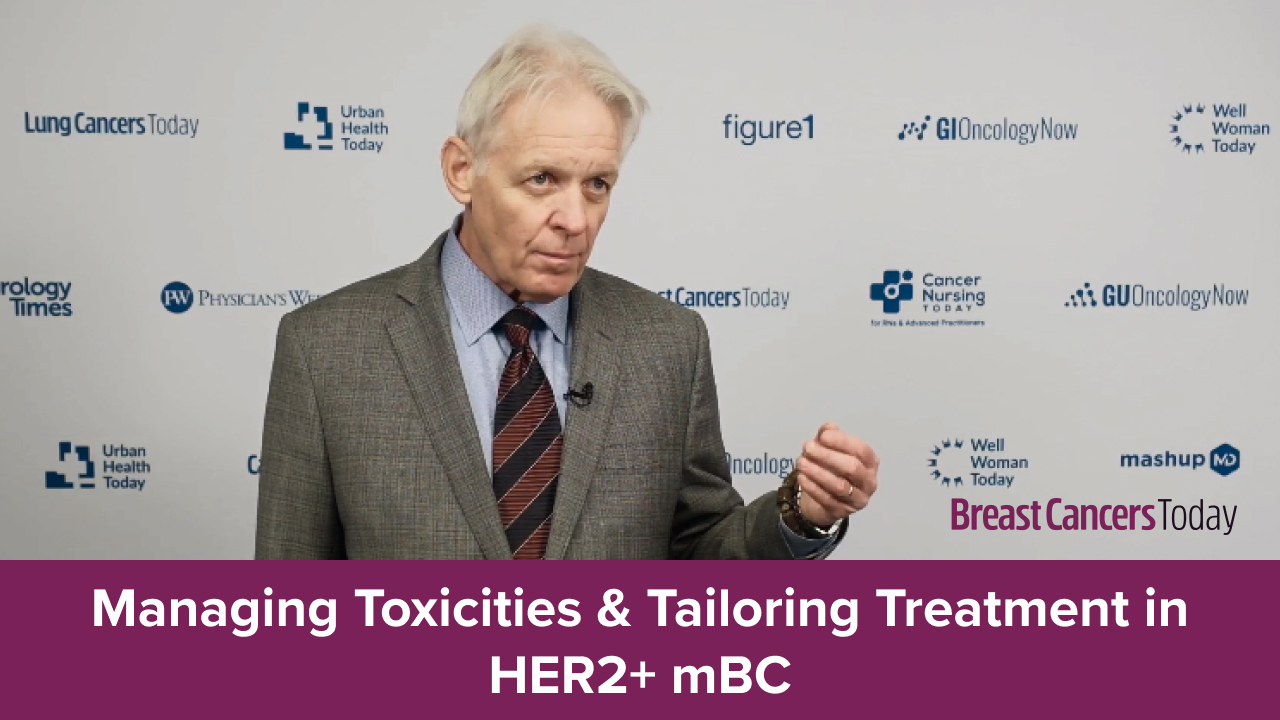

 © 2025 Mashup Media, LLC, a Formedics Property. All Rights Reserved.
© 2025 Mashup Media, LLC, a Formedics Property. All Rights Reserved.